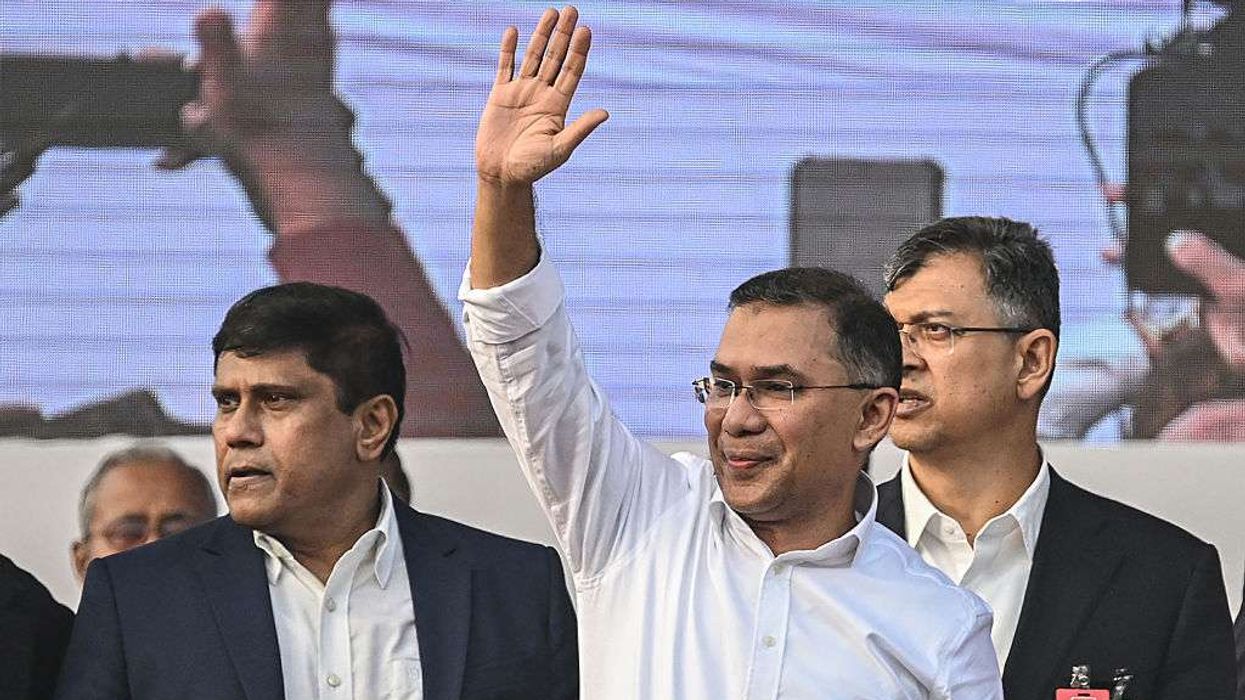by LAUREN CODLING
ASIAN armed forces personnel have praised the military for “showing support to multi-faiths”, including continued efforts to celebrate religious festivals and the recent recruitment of a Sikh chaplain.
Wing Commander Manjeet Singh Ghataora is an engineer in the Royal Air Force (RAF). Since he joined in 1999, he has seen the RAF seek to accommodate all personnel who follow religious practices.
“I have seen the RAF change with the times, always forward leaning to accommodate not only my faith needs, but all other faiths,” he said, in remarks made to coincide with National Inclusion Week, which runs from Monday (23) to Sunday (29).
Last year, the RAF introduced a Sikh chaplain, a move which Ghataora described as “another step that shows support to multi-faiths”.
Recent data from the armed forces show there are currently around 150 Sikhs serving in the regular Army.
Lieutenant Colonel Bhairavi Sapre, a consultant psychiatrist in the NHS and the commanding officer in a specialist perinatal mental health service and ADHD service, is a practising Hindu.
In her army experience, she said she did not feel excluded due to her ethnic background or faith. The 40-year-old recalled a incident which she felt stood out during her time in the service. When a chef in Sapre’s unit learned of her religious beliefs, he took care to order Hindu-friendly food. He would also ask about her dietary requirements.
“That was something I always thought was quite touching,” she told Eastern Eye. “In (any other civilian job that I’ve held), no one had ever asked me that, whereas he was going out of his way even though I hadn’t stipulated it.”
According to statistics provided by the Armed Forces, there are currently around 1,000 Hindus in the regular Army. Vegetarian options are available in camps, on operations and during exercises.
Sapre has served outside the UK – including exercises in Gibraltar, Germany and veteran tours to Myanmar, Libya and Egypt. She insisted that serving abroad caused no problems when it came to her faith needs.
During her time abroad, Sapre was away over the Diwali period. She said she did not mention it to any of her colleagues, but some bought fireworks and planned a small celebration to mark the festival.
“I hadn’t requested it, but those small gestures were quite moving,” she said.
Having served in the army reserves since 2002, Sapre joined the Armed Forces Hindu Network in 2010. The support from the organisation, she said, has been "really helpful” throughout her time in the armed forces.
“As a reservist, you tend to only build a network within your unit but now I’ve got a pool of people that I can connect with,” she said. “It has really extended my opportunities.”
Ghataora, who is from Lincolnshire, is the RAF representative in the British Armed Forces Sikh association and is also a senior member of the RAF’s BAME network. He regularly mentors new Sikh and BAME recruits, showing them that “they too can have an extremely rewarding and enjoyable life, while serving their country and being involved in a force for good”.
He said he wanted to take advantage of his influence to drive change by engaging with communities and positively encouraging BAME recruitment.
“From my understanding, there is now one BAME group captain and only one other BAME wing commander other than myself in the entire RAF,” the 45-year-old added. “But I have had it from the highest RAF authority (Current CAS) that he will support what we are trying to do.”
Sapre, from Liverpool, has also had the opportunity to encourage British Asians to consider a life in the armed forces. This year, she attended the Raksha Bandhan tour, an event to celebrate the popular Indian festival, and spoke to young British Indians about being in the military.
“It resulted in a lot of enquiries about joining. I was pleased to be able to inform my community and support them to consider a military career,” she said. “It is a great privilege to be in a position to influence young people in my community.”











